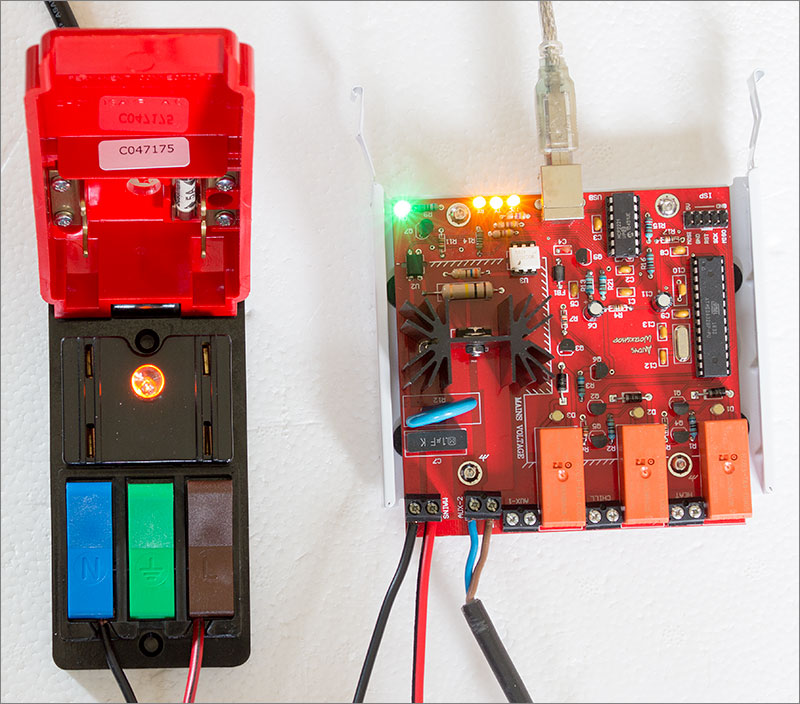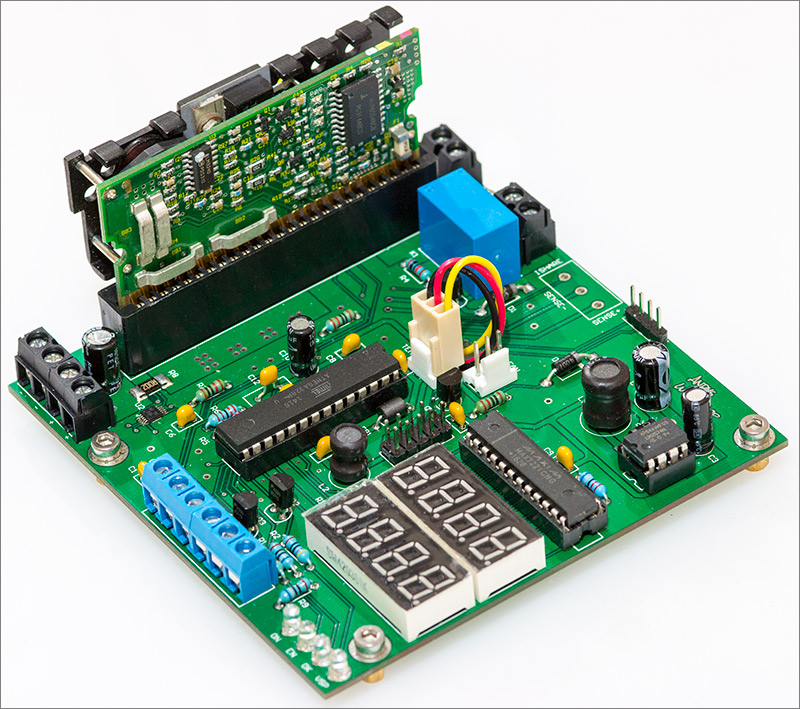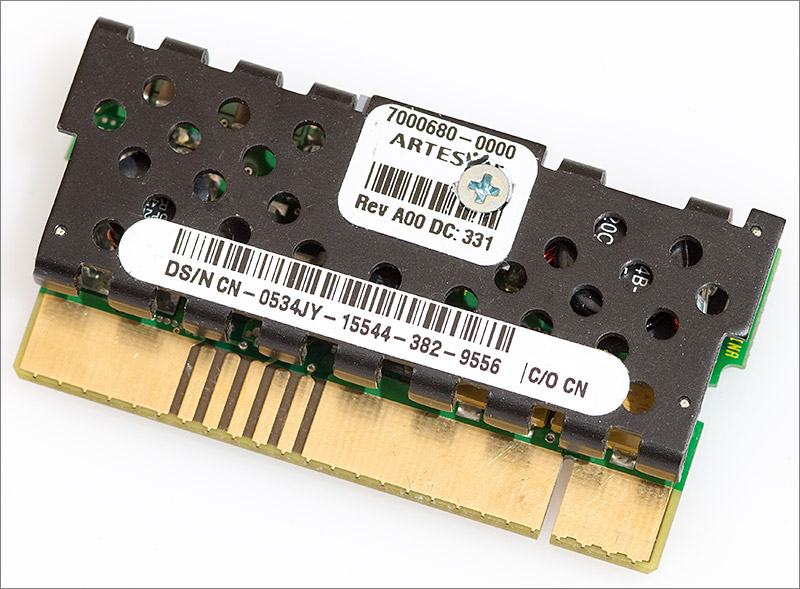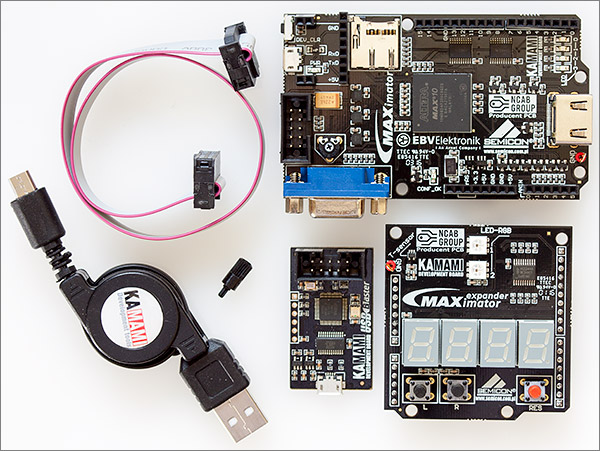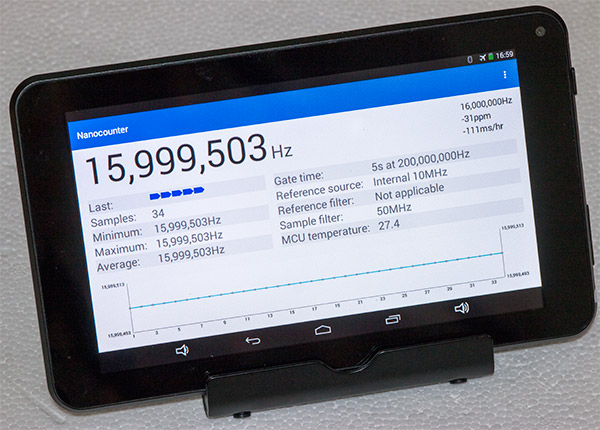I've recently been upgrading my PC from one based around the HP Z800 motherboard to a new one based on a pair of cheap Xeon E5-2678 v3 CPUs in an Asus Z10PE-D16 WS board. As part of that upgrade I've installed an Asrock Ultra Quad NVME PCIe card adapter. Like the equivalent Asus Hyper card this requires bifurcation of the PCIe slot which means splitting it from fixed x8 or x16 lanes to x4/x4 or x4/x4/x4/x4.
The Asus BIOS doesn't expose this option, but it is there if you load the BIOS into AMIBCP. I've done that, and made the option visible. The modified BIOS can be downloaded here:
https://drive.google.com/file/d/1YSEnI8z1pOtUhZz416uyEbQSFcA_x-Q7/view?usp=sharing
I have confirmed that the option is now visible but as yet I only have one NVME drive on the Asrock card so I can't confirm if it actually takes effect when selected. I'm posting this here in the hope it's helpful for someone.
I flashed this BIOS by writing it to a USB drive and using the BIOS flashback option where you hold down the button on the back of board where the IOs are and boot the machine.
The Asus BIOS doesn't expose this option, but it is there if you load the BIOS into AMIBCP. I've done that, and made the option visible. The modified BIOS can be downloaded here:
https://drive.google.com/file/d/1YSEnI8z1pOtUhZz416uyEbQSFcA_x-Q7/view?usp=sharing
I have confirmed that the option is now visible but as yet I only have one NVME drive on the Asrock card so I can't confirm if it actually takes effect when selected. I'm posting this here in the hope it's helpful for someone.
I flashed this BIOS by writing it to a USB drive and using the BIOS flashback option where you hold down the button on the back of board where the IOs are and boot the machine.




